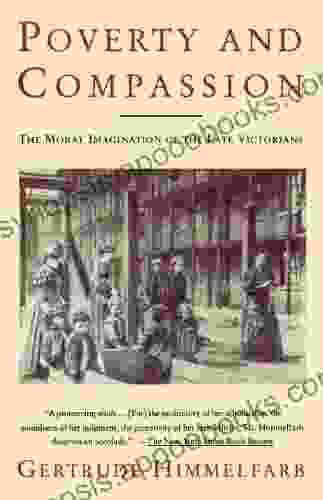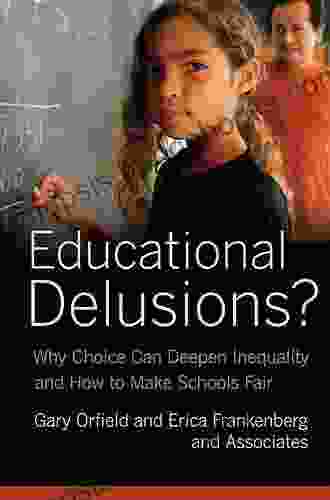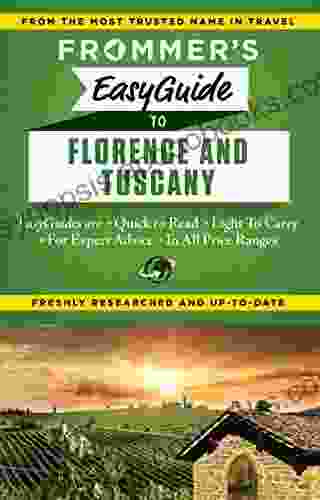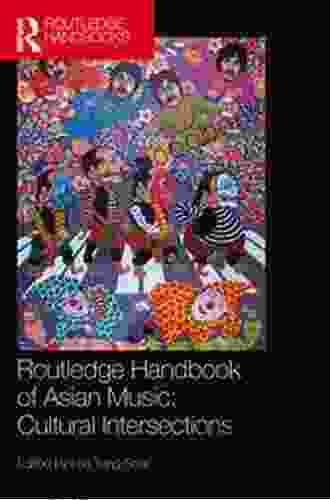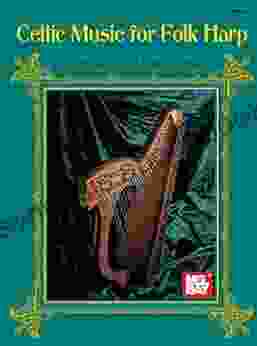Unveiling the Moral Imagination of the Late Victorians: A Literary Exploration

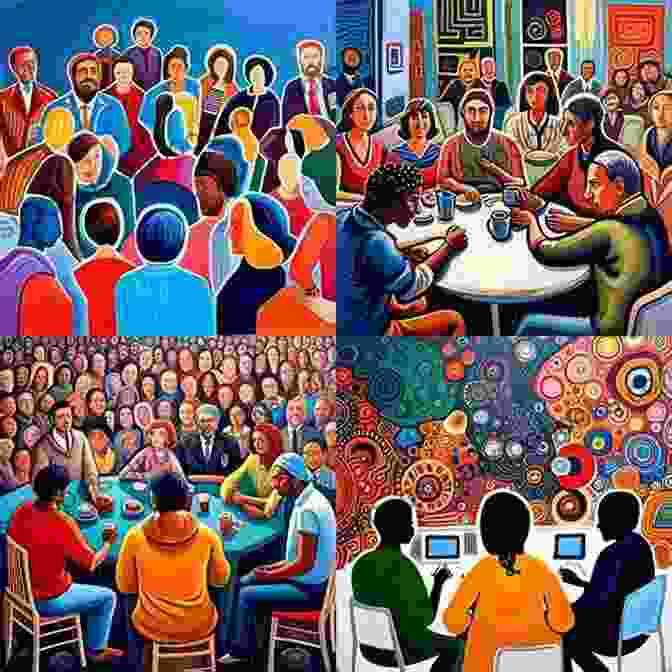
The late Victorian era, spanning from the 1870s to the early 1900s, witnessed a profound transformation in British society. The rapid pace of industrialization, urbanization, and scientific advancements led to a period of significant social, cultural, and moral upheaval. The moral imagination of the time, as reflected in its literature, provides a fascinating insight into the ways in which people grappled with the challenges and contradictions of a rapidly changing world.
4.8 out of 5
The Rise of Aestheticism and Decadence
One of the most striking literary movements of the late Victorian era was Aestheticism. Led by figures such as Oscar Wilde and Walter Pater, the Aesthetes rejected the moralistic and utilitarian values of their time in favor of a focus on beauty, art, and the cultivation of sensory experience. They believed that art should be valued for its own sake, and that the highest form of human existence was one devoted to the pursuit of aesthetic pleasure.
The Aesthetes' pursuit of beauty often led them to explore themes of decadence and moral ambiguity. They reveled in the exploration of taboo subjects, such as eroticism, crime, and drug use. The works of writers like Wilde and Swinburne often depicted characters who were morally flawed but aesthetically fascinating, inviting readers to question conventional notions of right and wrong.
The Social Problem Novel
While the Aesthetes sought to escape the moral dilemmas of the real world, other Victorian writers confronted them head-on. The social problem novel emerged as a popular genre that tackled issues such as poverty, prostitution, child labor, and the plight of women. Authors like Charles Dickens, Elizabeth Gaskell, and George Eliot used their fiction to expose the social injustices of their time and to advocate for reform.
The social problem novel often presented a bleak picture of Victorian society, but it also offered hope for change. Through their characters and stories, these writers sought to create awareness, provoke empathy, and inspire readers to action. They demonstrated that literature could be a powerful force for social good.
The New Woman
One of the most significant developments in the moral imagination of the late Victorians was the emergence of the "New Woman." This term referred to a type of woman who rejected traditional gender roles and sought greater independence and freedom. The New Woman was often portrayed as an intellectual, sexually assertive, and unconventional figure who challenged the prevailing notions of female propriety.
Writers like Sarah Grand, Olive Schreiner, and George Egerton explored the experiences and challenges of the New Woman in their works. They celebrated her individuality and her right to self-determination, but they also acknowledged the social barriers and prejudices she faced. The New Woman became a symbol of progress and change in Victorian society.
The Search for Spiritual Meaning
Despite the materialism and secularism of the late Victorian era, many people felt a deep need for spiritual meaning and connection. The works of philosophers like Friedrich Nietzsche and Henri Bergson, along with the rise of spiritualism and theosophy, influenced writers of the time.
In novels like "The Master Builder" by Henrik Ibsen and "The Tragic Comedians" by George Meredith, characters grapple with questions of faith, purpose, and the nature of reality. They seek to transcend the limitations of the material world and find meaning in a world that seems increasingly chaotic and meaningless.
The Legacy of the Late Victorian Moral Imagination
The moral imagination of the late Victorians left a lasting impact on English literature and beyond. The Aesthetes' emphasis on beauty and the exploration of taboo subjects paved the way for modernism. The social problem novel contributed to the development of social realism and the rise of political consciousness. The New Woman inspired generations of feminists and reformers.
Moreover, the late Victorian search for spiritual meaning continues to resonate today. In an era characterized by rapid technological advancements and global uncertainty, people still seek answers to the fundamental questions of life, purpose, and morality. The works of late Victorian writers offer timeless insights into these perennial human concerns.
The moral imagination of the late Victorians was a complex and multifaceted phenomenon. It reflected the era's social, cultural, and intellectual upheaval, as well as its deep-seated need for beauty, meaning, and connection. Through their literature, late Victorian writers explored the boundaries of morality, challenged societal norms, and grappled with the challenges and contradictions of a rapidly changing world. Their works continue to offer insights and inspiration to readers today, demonstrating the enduring power of literature to reflect and shape human experience.
4.8 out of 5
Do you want to contribute by writing guest posts on this blog?
Please contact us and send us a resume of previous articles that you have written.
 Book
Book Novel
Novel Page
Page Chapter
Chapter Text
Text Story
Story Genre
Genre Reader
Reader Library
Library Paperback
Paperback E-book
E-book Magazine
Magazine Newspaper
Newspaper Paragraph
Paragraph Sentence
Sentence Bookmark
Bookmark Shelf
Shelf Glossary
Glossary Bibliography
Bibliography Foreword
Foreword Preface
Preface Synopsis
Synopsis Annotation
Annotation Footnote
Footnote Manuscript
Manuscript Scroll
Scroll Codex
Codex Tome
Tome Bestseller
Bestseller Classics
Classics Library card
Library card Narrative
Narrative Biography
Biography Autobiography
Autobiography Memoir
Memoir Reference
Reference Encyclopedia
Encyclopedia Claudia Botterweg
Claudia Botterweg M Lab
M Lab Eric M Anderman
Eric M Anderman Craig M Young
Craig M Young Corey Morong
Corey Morong Sheryl Luna
Sheryl Luna Constance Wills
Constance Wills Courtney Marie Andrews
Courtney Marie Andrews Kimberla Lawson Roby
Kimberla Lawson Roby Norman Friedman
Norman Friedman Leanne Pearson
Leanne Pearson Courtney Queeney
Courtney Queeney Daisy Wood
Daisy Wood Ted Hughes
Ted Hughes Colin Knight
Colin Knight Karen Booth
Karen Booth Ellora Sutton
Ellora Sutton Claudio Ceni
Claudio Ceni Daniel Moler
Daniel Moler Geraldine Pratchett Hultkrantz
Geraldine Pratchett Hultkrantz
Light bulbAdvertise smarter! Our strategic ad space ensures maximum exposure. Reserve your spot today!
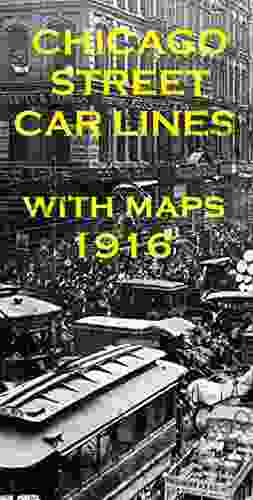
 Maurice ParkerUnveiling the Rich Tapestry of Chicago's Streetcar Legacy: A Journey Through...
Maurice ParkerUnveiling the Rich Tapestry of Chicago's Streetcar Legacy: A Journey Through... Francisco CoxFollow ·9.7k
Francisco CoxFollow ·9.7k Jamal BlairFollow ·15.7k
Jamal BlairFollow ·15.7k Jared NelsonFollow ·7.1k
Jared NelsonFollow ·7.1k Billy PetersonFollow ·15.3k
Billy PetersonFollow ·15.3k Grayson BellFollow ·19.6k
Grayson BellFollow ·19.6k Steve CarterFollow ·16.3k
Steve CarterFollow ·16.3k Caleb CarterFollow ·4k
Caleb CarterFollow ·4k Jerome BlairFollow ·18.6k
Jerome BlairFollow ·18.6k
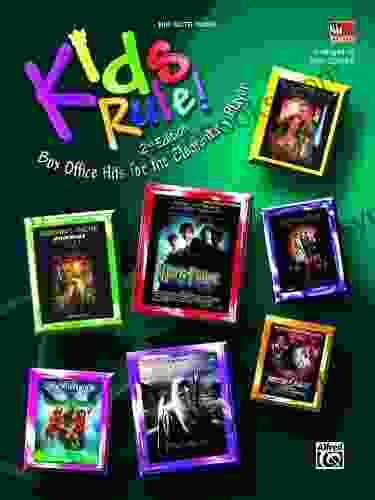
 Cooper Bell
Cooper BellKids Rule Box Office Hits for the Elementary Player
Empowering Young Performers:...
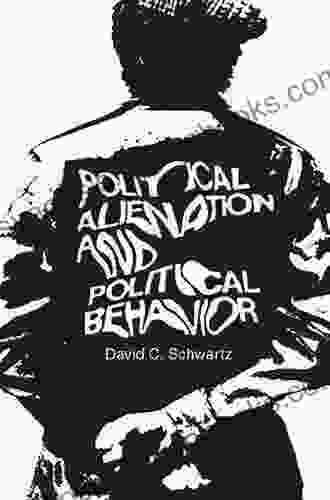
 Gabriel Blair
Gabriel BlairUnraveling the Enigma: Political Alienation and Its...
In the labyrinthine tapestry of human...

 Anthony Burgess
Anthony BurgessBe a Great Singer: Unleash Your Musical Talent with...
Do you dream of singing with...

 Heath Powell
Heath PowellDive into a Musical Masterpiece: "10 for 10 Sheet Music...
An Enchanting Journey Through Broadway...

 Guy Powell
Guy PowellUniversal Rights, Systemic Violations, and Cultural...
The notion of universal human rights is a...
4.8 out of 5


